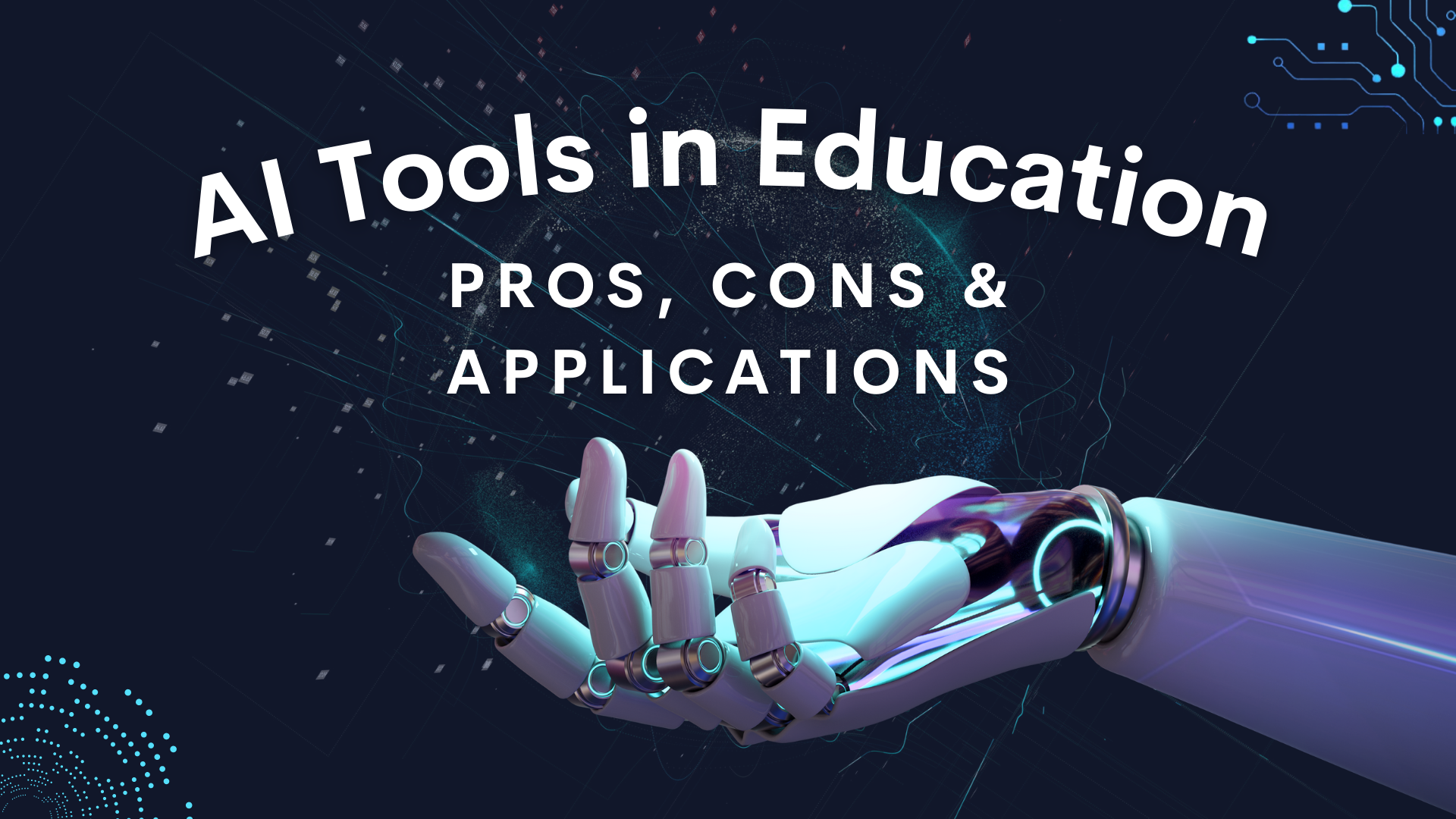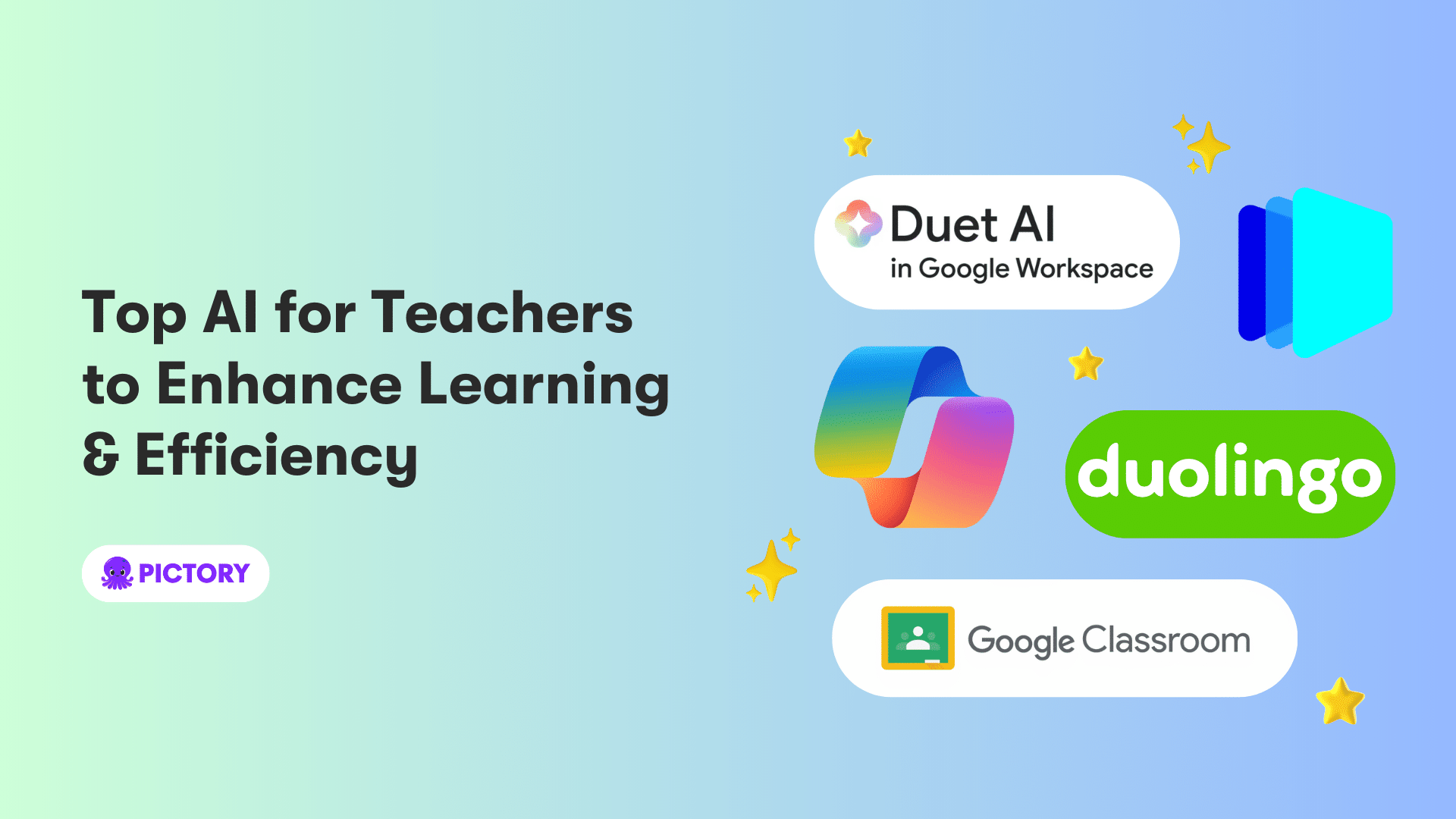How ChatGPT and other AI tools are changing the teaching profession
For her 6th grade honors class, math teacher Ana Sepúlveda wanted to make geometry fun. She figured her students “who live and breathe soccer” would be interested to learn how mathematical concepts apply to the sport. She asked ChatGPT for help.
Within seconds, the chatbot delivered a five-page lesson plan, even offering a theme: “Geometry is everywhere in soccer — on the field, in the ball, and even in the design of stadiums!” It explained the place of shapes and angles on a soccer field. It suggested classroom conversation starters: Why are those shapes important to the game? It proposed a project for students to design their own soccer field or stadium using rulers and protractors.
“Using AI has been a game changer for me,” said Sepúlveda, who teaches at a dual language school in Dallas and has ChatGPT translate everything into Spanish. “It’s helping me with lesson planning, communicating with parents and increasing student engagement.”

The Impact of AI Tools on Education
Across the country, artificial intelligence tools are changing the teaching profession as educators use them to help write quizzes and worksheets, design lessons, assist with grading, and reduce paperwork. By freeing up their time, many say the technology has made them better at their jobs.
A poll released Wednesday by Gallup and the Walton Family Foundation found 6 in 10 U.S. teachers working in K-12 public schools used AI tools for their work over the past school year, with heavier use among high school educators and early-career teachers. It surveyed more than 2,000 teachers nationwide in April.
Enhancing Teaching Efficiency
Respondents who use AI tools weekly estimate they save them about six hours a week, suggesting the technology could help alleviate teacher burnout. As schools navigate concerns over student abuse of the technology, some are also introducing guidelines and training for educators so teachers are aware of avoiding shortcuts that shortchange students.
“We want to make sure that AI isn’t replacing the judgment of a teacher,” said Maya Israel, an associate professor of educational technology and computer science education at the University of Florida.

Quality Improvement and Challenges
About 8 in 10 teachers who use AI tools say it saves them time on work tasks like making worksheets, assessments, quizzes, or on administrative work. And about 6 in 10 teachers who use AI tools said they are improving the quality of their work when it comes to modifying student materials or giving student feedback.
Views on the role of artificial intelligence in education have shifted dramatically since ChatGPT launched in late 2022. Schools around the country initially banned it, but since then many have sought ways to incorporate it into classrooms. Concerns about student overuse and misuse are still prevalent.
Empowering Teachers and Students
One benefit teachers see in becoming more familiar with artificial intelligence is the ability to spot when students are overusing it. Clues that assignments are written by AI tools include an absence of grammatical errors and complex phrases in writing.
In suburban Chicago, middle school art teacher Lindsay Johnson said she uses only AI programs vetted by her school and deemed safe to use with minors, for data privacy and other concerns. To ensure students feel confident in their skills, she brings the technology in only for later stages of projects.
“As an art teacher my goal is to let them know the different tools that are out there and to teach them how those tools work,” she said. Some students weren’t interested in the help. “Half the class said, ‘I’ve got a vision, and am going to keep going with it.’”





















